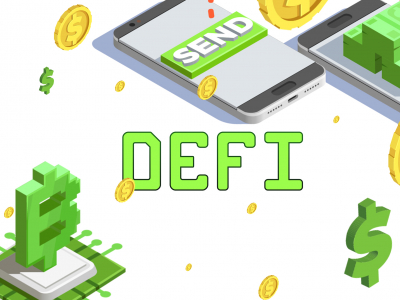The total capitalization of stablecoins is approaching $10 billion. In April 2020 alone, Tether issued more than $1 billion in USDT coins.
Decrypt spoke to cryptocurrency market experts and found out that on the eve of the May halving in the bitcoin network, when the reward to miners for the mined block is scheduled to reduce by half to 6.25 BTC, investors massively buy stablecoins and deposit them on cryptocurrency exchanges.
According to the analytical crypto tracker DAppTotal, the total market capitalization of stablecoins exceeded $9.5 billion last month, and Tether (USDT), the largest and most well-known stablecoin issuer, minted more than a billion USDT in April 2020.
Ganesh Natraj, an assistant professor of finance at Warwick Business School in the UK, suggested that the growth in demand for stablecoins is linked to investor expectations for halving. The emission of new USDT coins may indicate upcoming speculations on the bitcoin price that may arise after the halving in May 2020. Investors prepare for a volatile market and accumulate USDT on their exchange accounts.
According to the analytic firm Messari, in 2020 only, about $3 billion in stablecoins were deposited on crypto exchanges. This is an all-time high for all previous years.
The halving can lead to an increase in bitcoin price due to a reduction in the supply of new coins to the market.
“If the new supply of Bitcoin is cut in half, all else being equal, the price should rise,” wrote Dan Morehead, the chief executive of blockchain investment firm Pantera Capital, in his April letter to investors. He also notes that against the backdrop of the program of quantitative easing in the United States, adopted in connection with the financial crisis caused by the coronavirus pandemic, the likelihood of bitcoin price growth should be assessed as high.
Natraj, who recently published an article on stablecoins’ impact on broader crypto markets, along with professor of the University of California at Berkeley Richard Lyons, notes that stablecoins play the role of a safe haven on the cryptocurrency market, and the demand for them reflects investor sentiment and their expectations regarding changes in the market situation.











